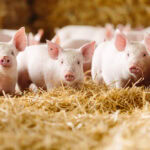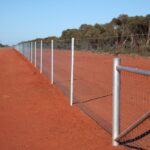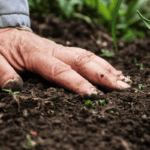Australian pig producers have been exhorting Australian households to ‘Get some pork on your fork’…
Varroa mite – the great enemy of bees
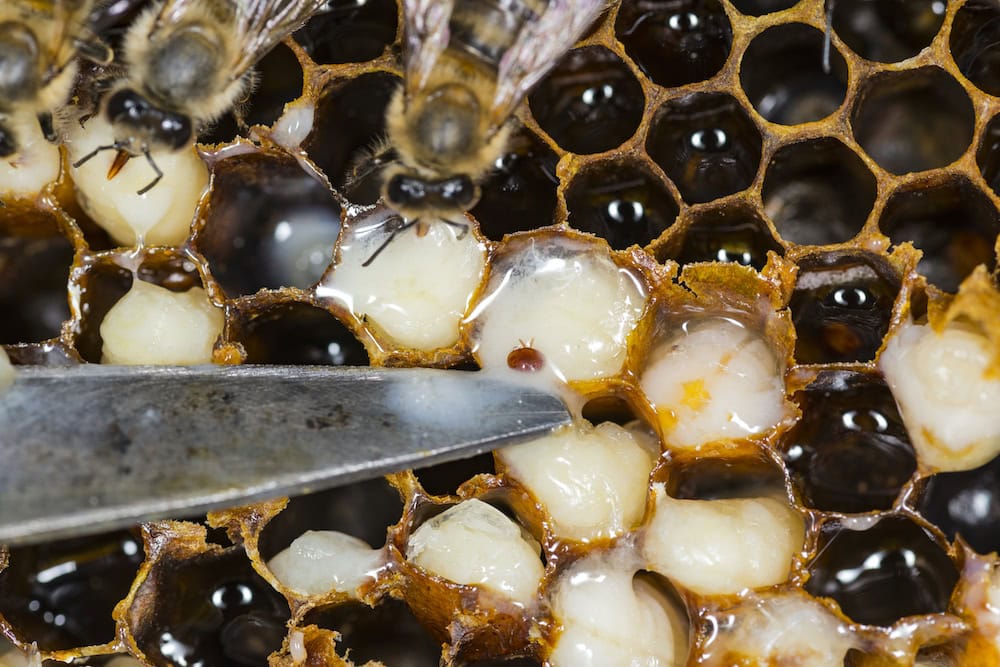
In April, actor Chris Hemsworth posted a video of him and his children collecting honey at their home at Broken Head on the North Coast of NSW. British soccer legend David Beckham has also taken up the pursuit – part of a global trend that has seen thousands jump on the beekeeping bandwagon to kill time and reconnect with nature during the pandemic.
But experts around the world warn of beekeeping being viewed in romantic terms instead of a discipline that carries grave biosecurity challenges. Australia is particularly vulnerable as the only beekeeping country in the world free of the varroa mite – also known as the varroa destructor – a parasite that attaches itself to the bodies and kills up to 95 per cent of infected bees. And it’s just one of the biological threats facing our honeybees and the plants they pollinate in their never-ending search for nectar.

“Some 35 of our horticultural and agricultural industries depend on pollination services provided by our honeybees,” writes John Harvey, managing director of AgriFutures Australia. “The annual contribution to the Australian economy of our honey bees is estimated to be a staggering $14.2 billion. This is in addition to the $147 million in farm gate value generated by honey and beeswax.”
In this edition of The Farmer, we speak to three industry stakeholders about the risks and responsibilities attached to amateur beekeeping in Australia.
The veteran
A commercial beekeeper with 100 hives who did his apprenticeship in Christchurch more than a decade ago, Daniel Webb remembers how things changed when the varroa mite arrived in New Zealand.
“When I first got to New Zealand, beekeepers could leave their hives over the winter and come back to healthy bees,” he says. “But after the varroa mite arrived in Auckland and rapidly spread across the country, they’d come back after the winter and every single bee in their hives would be dead.
“In commercial terms,” he says, “it tripled the number of inspections beekeepers needed to do each year to keep hives healthy and that was ultimately reflected in the price of honey in New Zealand because honey cannot be imported to New Zealand.”
Like most experts, Daniel believes it is only a matter of time until the varroa mite hits Australia. “It already has arrived here but they managed to stop it,” he says, referring to a 2018 incident when quarantine officers intercepted a swarm of honey bees carrying the varroa mite off the Port of Melbourne that had built a hive inside a container on a ship that had originated from the US. Another way the varroa mite could enter Australia is by beekeepers importing infected equipment or bee semen.
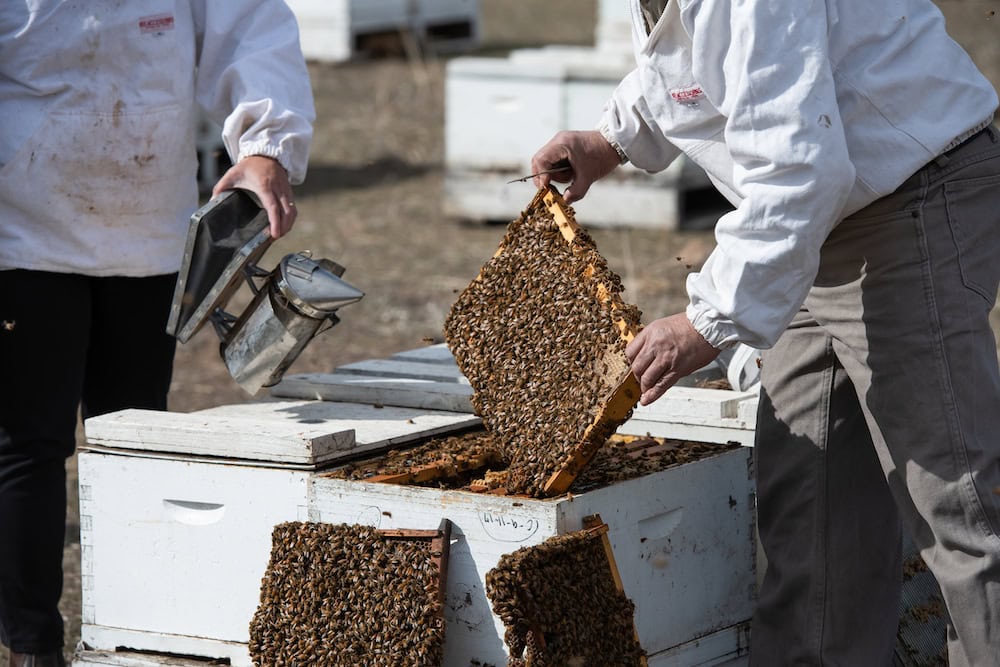
“You would hope that no respectable beekeeper would bring any second-hand beekeeping gear into the country,” Daniel says. “But I think there is a lot more room for education about varroa among beekeepers in Australia as there are very few of us who have experienced it or seen it before.
He adds: “I think that’s the biggest point to get across, If and when varroa arrives in Australia, beekeepers can manage it in their hives with more frequent inspections. But if it decimates feral bee populations, we will be completely reliant on farmed bees to pollinate our crops.”
The secretary
During the day, Vincent Schnyder crunches numbers for a big multinational bank. But at night and on weekends he contributes his time and expertise as secretary of the Amateur Beekeepers’ Association of NSW.
Vincent acknowledges self-taught hobbyists – what he calls “Youtube beekeepers” – are propagating the spread of American foulbrood (AFB) disease. An incurable ailment transmitted through spores, it generally kills infected hives within a matter of months and ranks as the most problematic brood disease among honey bees in NSW.
“One of the biggest biosecurity risks are these Youtube beekeepers who study online and don’t get firsthand training with a mentor or a hands-on beekeeping course where they learn what a healthy hive looks like, what a hive looks like when there is something wrong – and the proper course of action to remedy it,” he says.
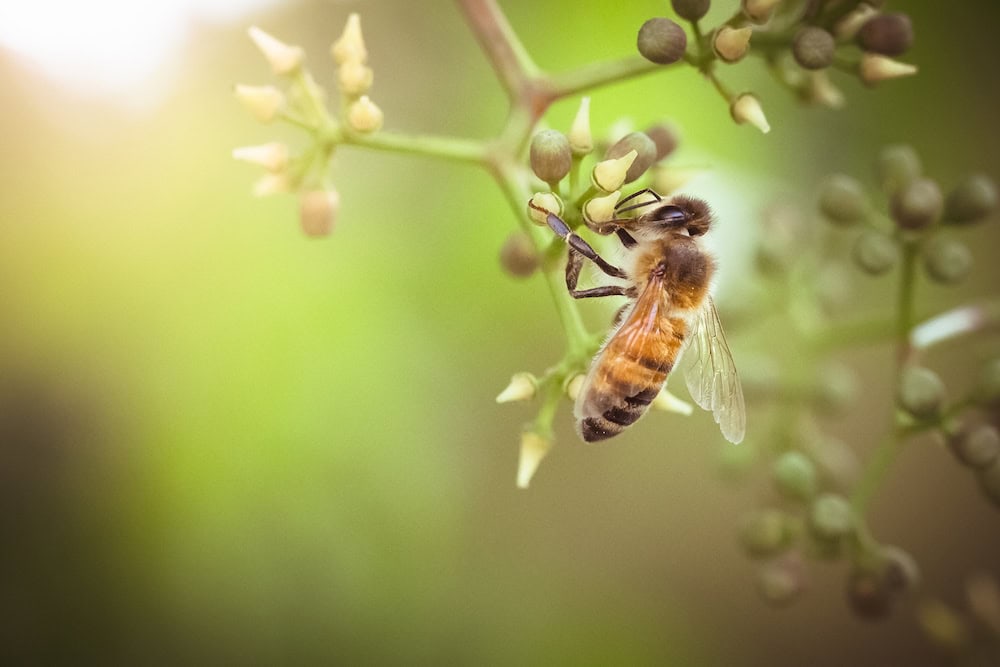
“If a hive has AFB, there are only two ways to get rid of it – irradicate with expensive equipment that small beekeepers don’t have or burn the entire hive in a pit,” he explains. “But often they think ‘I don’t want to kill animals’. The problem with that is bees from healthy hives sense that a hive is weak, they fly in to steal the nectar and then take AFB back to their hives. That’s how it spreads.”
But Vincent says some commercial beekeepers are also spreading AFB by treating it with Terramycin or oxytetracycline – two antibiotics used to cure European foulbrood (EFB) – a less fatal strain of the spore disease.
“Any commercial beekeepers can tell the difference between AFB and EFB. It’s easy to differentiate,” he says. “But sometimes they try to mask AFB because they want to protect their investment. If you ask me, this is a far bigger biosecurity issue than amateur beekeepers who are idealists and think ‘I am not prepared to kill 50,000 bees’.”
The inventor
In 2015, Byron Bay-based beekeeper Cedar Anderson and his father made headlines after they raised US$12 million through a crowdfunding campaign to build a new kind of simplified hive that allows honey to be harvested with the twist of a tap. “The whole process of harvesting honey took an incredible amount of work and we thought there had to be a better way,” he says. “It took us a decade, but we found it.”
Cedar now employs 40 people in Byron Bay and Brisbane and exports Flow Hives – as the father-son invention is called – to amateur beekeepers all over the world. And the unique design, he says, mitigates the spread of diseases.
“Typically what beekeepers do during harvesting is remove the frames out of each hive and try to mix them up when they put them back,” he says. “If you are good at management you can do it but if you get even one wrong, you run the risk of mixing pathogens like AFB between hives. Even the tools you use have to be sterilised every time to ensure you do not share the spores that produce bacteria in beeswax and honey. But with our hives, all that work and risk is redundant.”
Cedar also claims he produces more training content than any other beekeeping supply company in the world. “We create lots of written material and videos that are streamed on the Internet,” he says. “We answer our customers’ questions in real-time and take them from knowing nothing about bees to having deep knowledge of biosecurity. We’ve created a global community where experts are passing on knowledge to new beekeepers, and that is a very important function for healthy bee populations that can pollinate.”
Flow Hives even feature a device that allows beekeepers to identify the presence of varroa mite. “If we did have an outbreak in Australia, all our hives would prove to be an amazing asset to track and eliminate it,” he says.
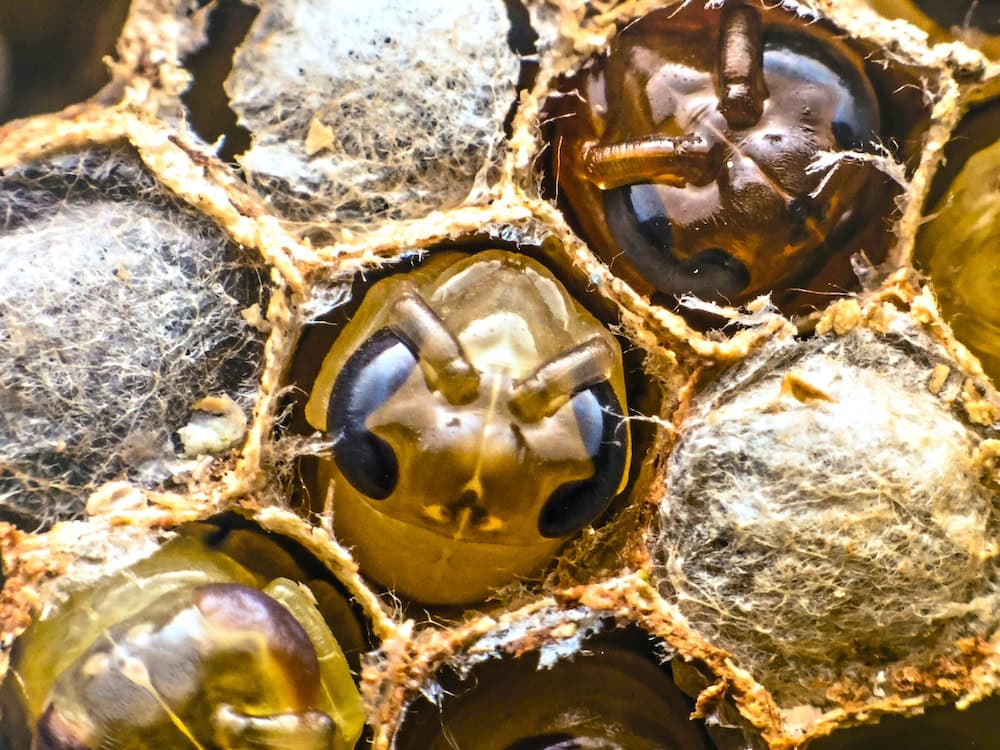
The Queen bee of farming
She has an army of thousands who slave day and night to bring her food, clean her house and distribute pheromones that inhibit the reproductive abilities of other female bees. But the life of a queen bee is anything but regal. She is expected to deliver up to 1,500 eggs per day – more than her body weight. And with such a heavy workload, she needs to be replaced every year.
That’s where queen bee breeders like Charlie and Brenda Casido of Australian Queen Bee Line (AQBL) in Orange come into play. Since immigrating from the Philippines in the 1990s, the couple has helped the farming community in NSW by offering queen bees that give beekeepers the best chance of earning good money from honey and honey byproducts.
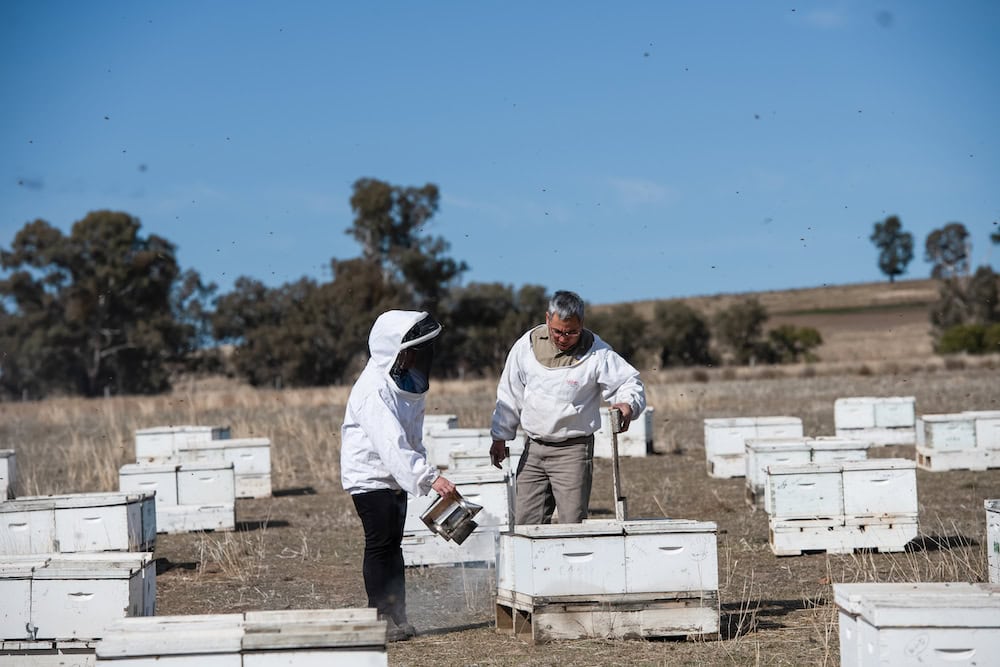
“We crossbreed Italian bees and Carniolan bees, which are themselves a crossbreed of bees from Europe and North America,” Charlie says. The Carnolian is clever because it reduces beehive populations during winter when there is not much honey bloom, and the Italian bee is a good breeder. When you combine the two, you get get a good balance between honey flow and resistance to winter or drought.”
AQBL’s sales have doubled compared to last year. The boom in beekeeping hobbyists has made a difference but most of their growth has come on the back of ideal farming conditions in 2020 following four years of drought.
“The drought was a huge challenge for us,” Charlie says. “But now it’s over and every week we are getting big orders from local beekeepers asking for 200 to 500 queen bees because they want to produce lots of honey while the season is still good. We’ve been in business for 15 years and we smashed our sales record this year: 1,500 queen bees in one week,” Charlie says.
But getting skilled staff is difficult. “We have 21 workers AQBL,” Charlie says. “If I could get more, I could double production overnight.”
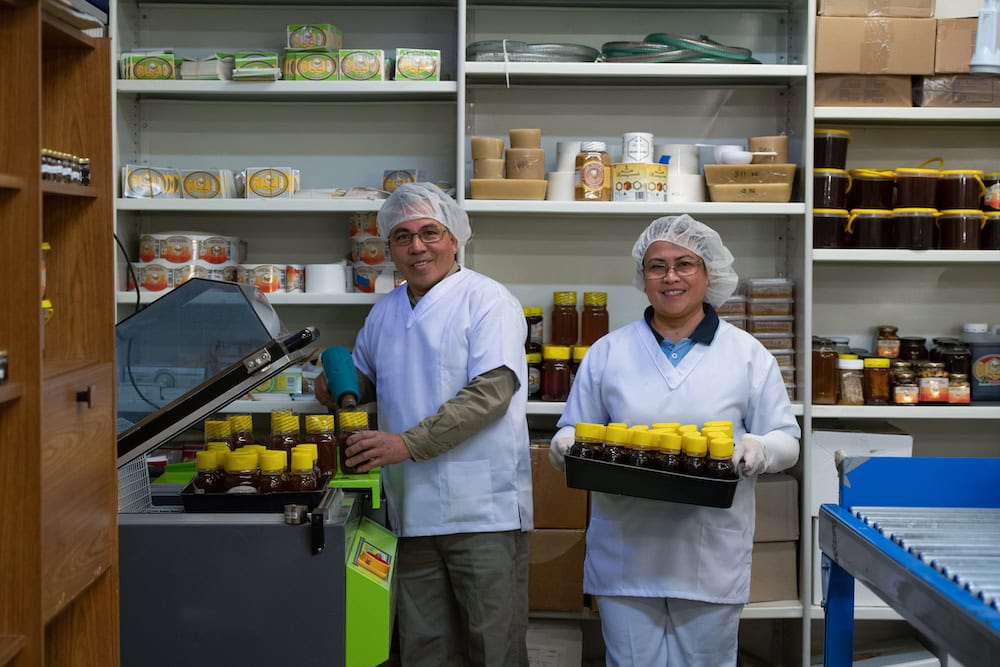
And getting good at the job takes a lot of time – and money. “It’s very sensitive, technical and labour-intensive work,” Charlie says. “For example, I have to count the larvae ten times a day to ensure a virgin queen bee is accepted by the worker bees. And I have 100 nests in the ground. That’s why there’s only a handful of us breeding queens in NSW. Most beekeepers don’t want to do it.
“But there are huge opportunities for new businesses and you can make a lot of money out of breeding queens,” he says. “We are a mixed-farming business. We sell honey and flavoured honey that’s always running out of stock. There’s huge demand for our pollinating service from orchardists in NSW and Victoria. And our bee byproducts like beeswax and honeycomb, they sell really, really fast. But our most profitable income stream is queen bees – by a long shot.”
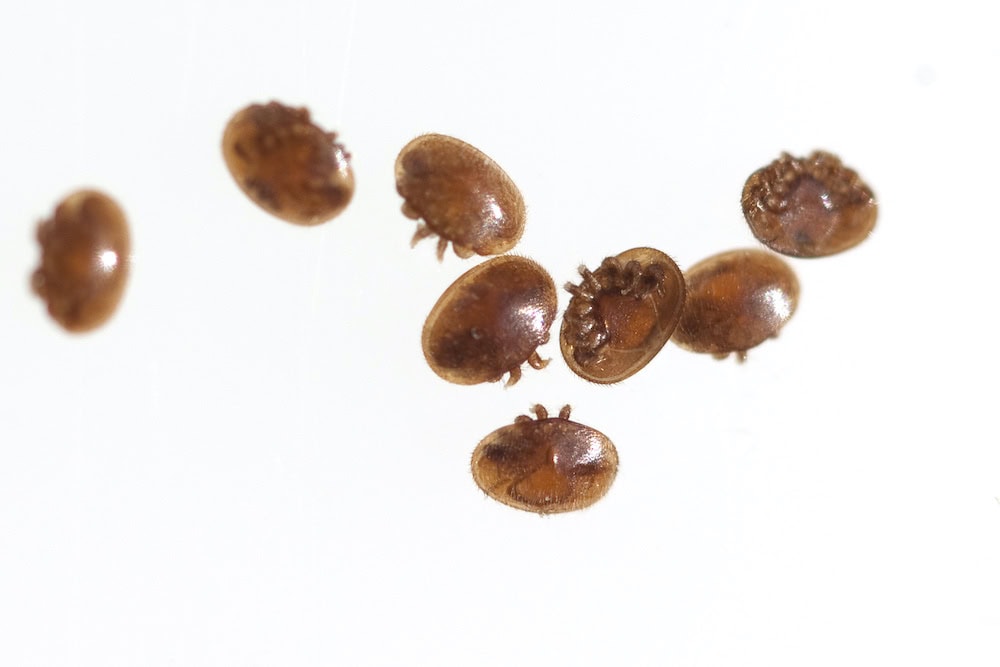
If you enjoyed this feature, you might like our story on the Fall army worm.


